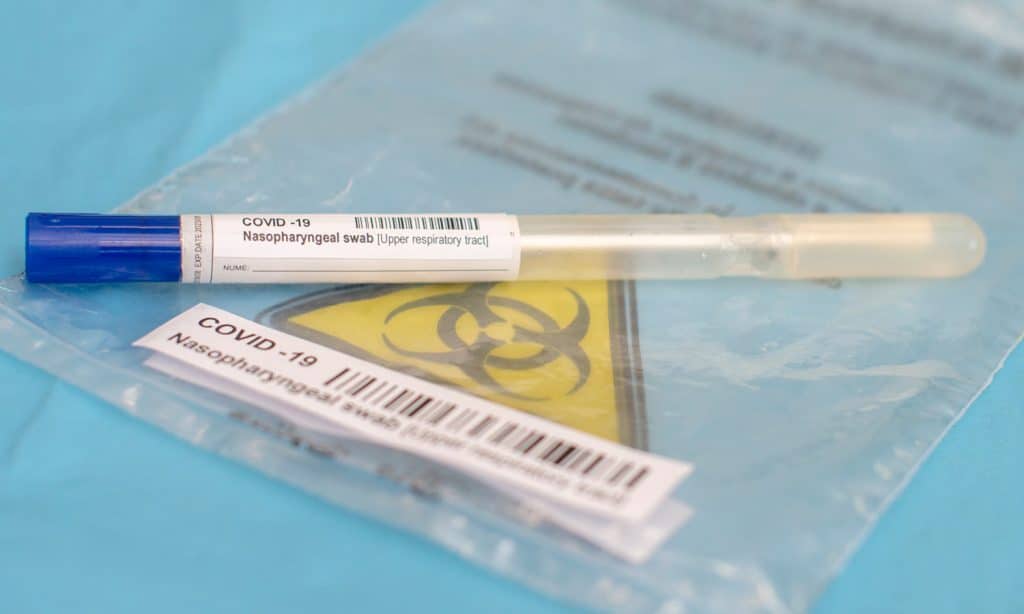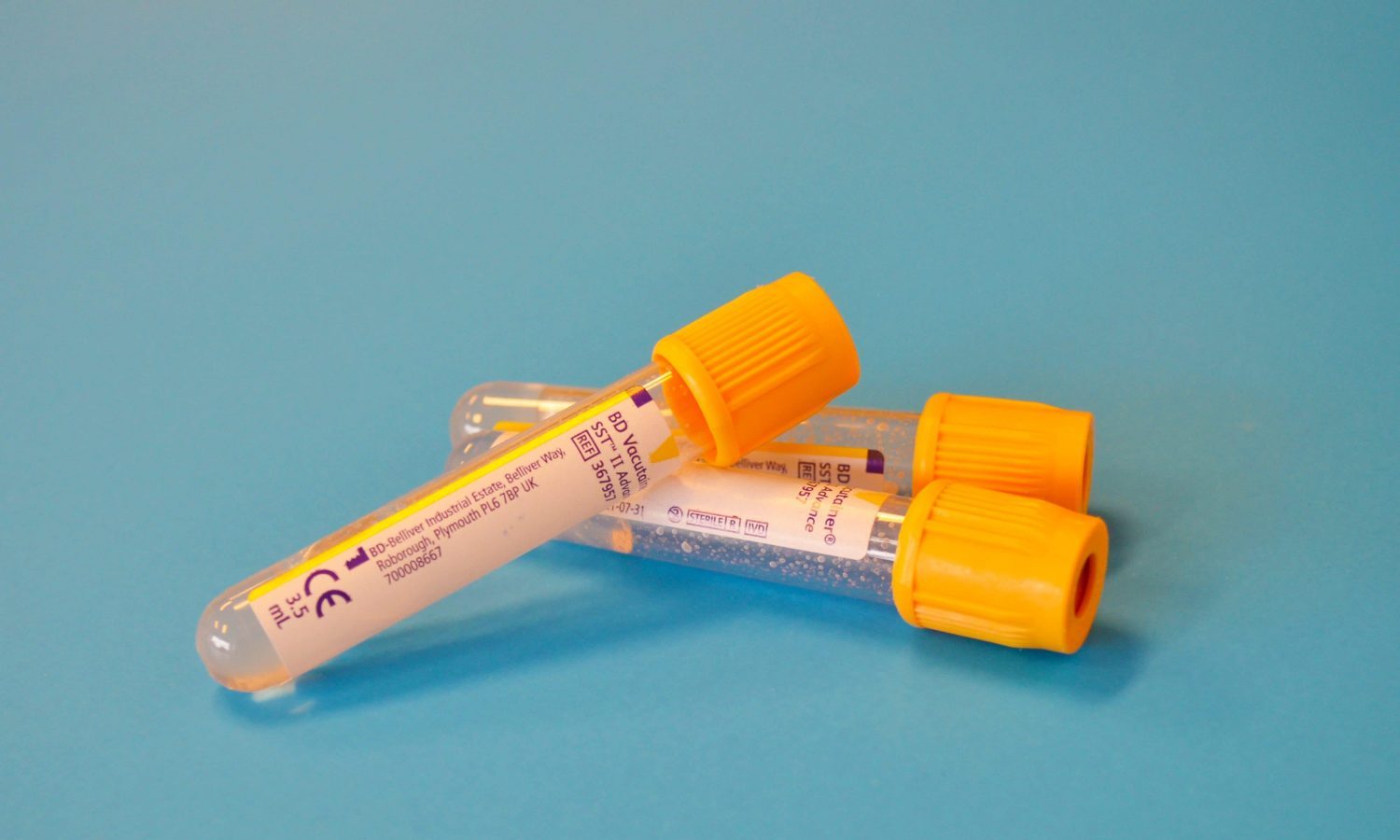The CDC released guidelines on how COVID-19 vaccines will be distributed, highlighting four groups of people that’ll likely be the first recipients.
There are three promising coronavirus vaccines in the works, from Pzifer, Moderna and AstraZeneca, meaning that the release of the first round of immunizations is imminent. The Advisory Committee on Immunization Practices (ACIP) to the Centers For Disease Control (CDC) released their first guidelines on how they are making important decisions, such as who gets the first round of COVID-19 vaccines. The panel notes four groups of people who’ll likely be the recipients of these inaugural doses.
According to disease experts, one of the proposed vaccines should be ready for distribution by the end of this year. The problem lies in creating enough dosages to treat everyone, which is why vaccines will likely be released to groups, prioritizing those who are most in contact with the virus and people who belong to high risk groups.

The panel will distribute doses according to four ethical principles: maximizing benefits and limiting harm, promoting justice, mitigating health inequities and promoting transparency about the plans surrounding the spread of the vaccine.
RELATED: This Is When You’re Most Infectious With COVID-19
According to ACIP’s guidelines, the four groups that should have first access to the vaccine are health care personnel (an estimated 21 million people), essential workers (87 million people), adults with underlying health conditions (100 million people) and adults over the age of 65 who are also considered high risk (53 million people).
RELATED: COVID-19 Tests Are More Accessible — How Often Should You Get One?
It’s estimated that vaccines should be available to anyone who wants them in the U.S by mid-2021. Until then, the government will continue to advise for patience, social distancing, face masks, hand washing, and other important safety measures.


